Insects are essential to flowers because they’re the pollinators. Many flowers need their help before they can develop seeds.
But how do we find insects in the city for our insect photography endeavours…and how can we, as photographers, use our photos to explain how important they are?
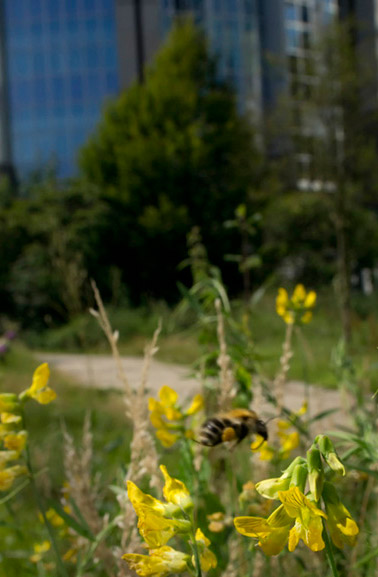
We need many photographers worldwide to make images emphasizing the importance of biodiversity within cities. If you want to join the effort, but this is the first time you’ve explored the world of insects, begin by visiting a local nature museum or searching the Internet for information about insects.
The period between June and September will provide your best opportunities to find subjects in the city.
When I chose to visit Brussels in the summer, I was lucky enough to find wild flowers being pollinated by insects. I spotted a Bumblebee preparing to take nectar from a flower, so I shot an image of its flight just before it landed.
If you’re hoping to capture a similar picture, use a wide-angle lens and an external flash. Find a location in your city where wild flowers grow and take time to go there several times throughout June. During each visit, look carefully at your location and its unique biodiversity.
Position yourself low to the ground and examine the flowers.
Planning Your Insect photography Shoot
After a while you’ll gain a good understanding of the location, and you’ll be ready to plan how to shoot your flowers being visited by an insect. You’ll soon notice that patience is required. Set your camera to “A” mode; set your aperture between F/11 and F/20 to get everything sharp in the image.
To give the viewer a better look at pollination, use a macro-lens around 90mm focal-length and an external flashgun on a tripod.
Set up next to a flower and wait until a Bumblebee approaches. Your observations of the location will have taught you which flowers get the most attention from insects, so you know it will be just a matter of time before you’ll capture a great shot.
In my experience, I will typically only have to wait about ten minutes before the first insect visits the flower I have chosen as my main subject.
The image of this Bumblebee repaid me in grand manner for my patience. For the composition I hand-held my camera, which meant I had to look through the viewfinder even though I couldn’t see the bumblebee.
I couldn’t tell from which side the bumblebee would visit the flower, so I had to be ready to react very quickly. One centimeter of camera movement could make or break my composition. But when everything came together and I could press the exposure button, it felt like heaven.
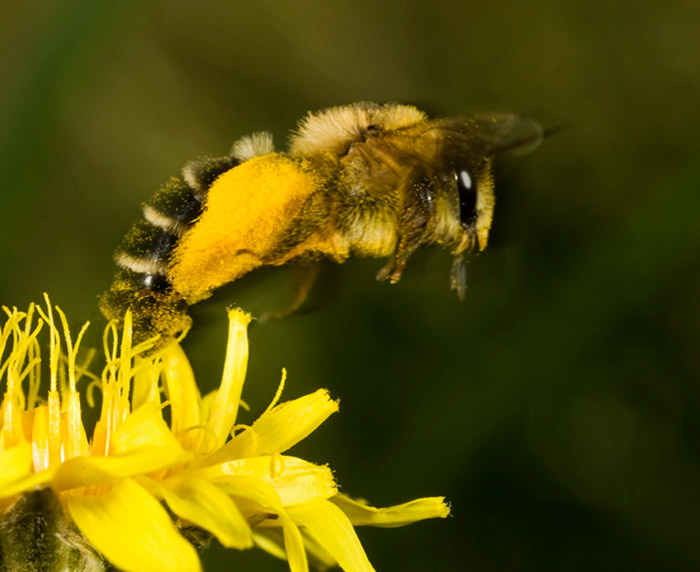
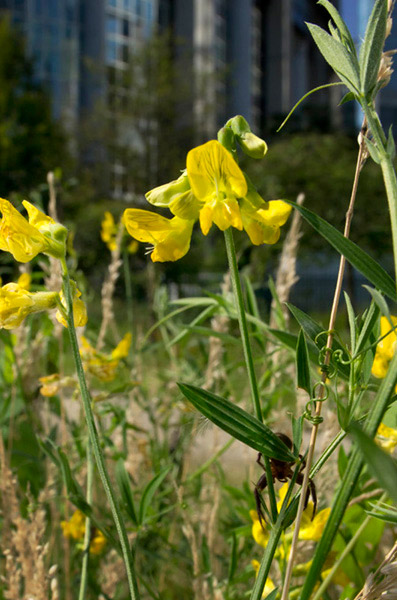
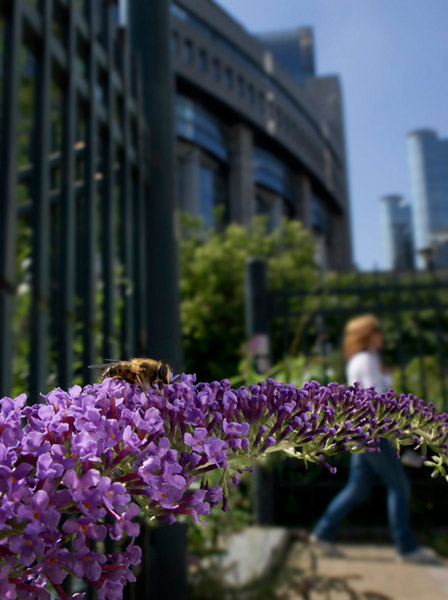
When I found a Crab Spider between the vegetation, I was in the clouds. But how could I get a good photo? I took my camera and, looking through the viewfinder, searched for the right composition for this insect photography opportunity.
Because I had to consider the background, I had to take care with the spider; they’re quickly irritated by large objects that are placed near them. First, I moved my camera to the same level as the spider—even lower was better for capturing the large building in the background.
I overexposed the shutter speed one stop because of the light behind the subject. Otherwise the spider would have been only a silhouette in the image. I used external flash on a tripod to give light in the shadow and bring out detail in the image.
When I’m shooting around the subject of biodiversity, questions always arise in my mind. Should people who work in nearby buildings be made aware of the ecosystem just outside their doors? Are they even interested?
How can I get them to be more in-tune with their surrounding? To catch the attention of those in the building behind the spider, I took my best photos and showed them to some of the people who worked in the building.
They were not only surprised, but their interest was piqued. It was a step in the right direction.
Next, I wanted to create a photo with nature, people, and the city in one frame. A fly on a flower was my first subject. I searched through the viewfinder to get the gate in the background. Then, without irritating the fly, I waited a few minutes.
My patience paid off when I saw a woman passing by in the background. I pressed my exposure button without thinking. (Never think about pressing the exposure button, because you lose precious seconds.
To catch the moment, you have to be as fast as an airplane!
This year the Royal Belgium Institute of Natural Science Museum in Brussels is featuring an exhibition named “BiodiverCITY” and it will be a permanent gallery.
Its purpose is to strengthen people’s awareness and understanding of nature within their city. It is an urban adventure for the young to the old, but children may be the most important audience, because they are the future.
While there, I certainly wanted to capture some of the action taking place. I saw a father and daughter playing a game with flowers and ladybirds. There wasn’t much light, but I didn’t use a flash because it would have reduced the effect of the awesome colors in the room.
So I used a high ISO of 400 and turned on the image
stabilizer of my camera. I walked around my subjects to get a good composition and waited for the right moment. I used the maximum aperture for the conditions of the room (F/10) to make the two of them, plus the game, all sharp in the image.
If you find yourself in a similar situation, experiment to find the aperture that suits you best in any given moment. There is no guideline to get the best aperture. It just takes practice and with that practice comes experience.

NOTE:Be professional and you will win the trust of people. Always ask for permission in advance when you want to observe and photograph people.
Parents often sit with their children, looking at pictures of insects in a book. They wonder where they could find them in their own city.
Soon they realize that discovery begins just outside the door to their own backyard, in the front of their house, or at a nearby park. To catch this moment, I moved myself low to the ground and searched through my viewfinder for the best composition, and then I shot the picture shown here.
Never lose your view through the viewfinder and don’t use live view. You want to try to have some people in the frame who are moving, while others are standing still. It takes time to get this into one shot, so shoot as many photos as possible at one location.
Draw as little attention as possible to yourself and try to become one with those around you. Soon they will forget you and your camera and get back to their fascination with the books. You not only want people shots, but you want to try to capture natural images of people involved in their adventures.
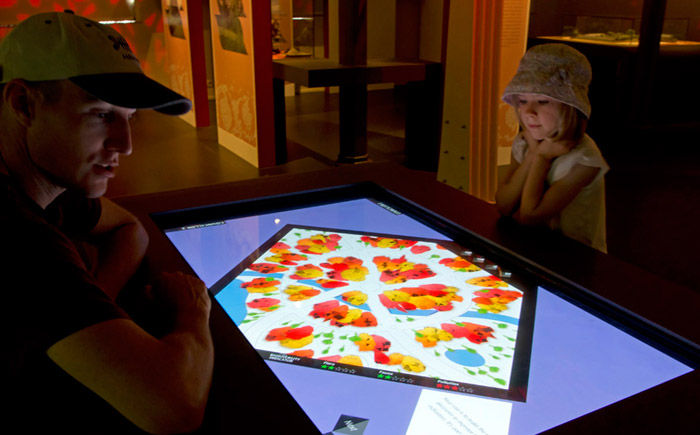
The study of Biodiversity is a very rewarding venture. It provides you with a pathway to not only your love for insect photography, but a means by which your photos can educate those around you and throughout the world. See if you can find a program related to biodiversity within you community or maybe start a photo program of your own.
Read Nature in the City–Part 1: How to Shoot Photos of Wildflowers
by Edwin Brosens

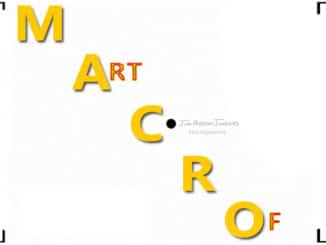
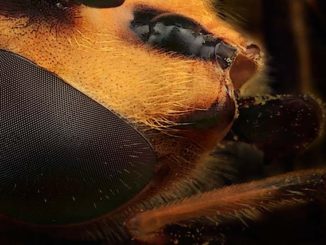
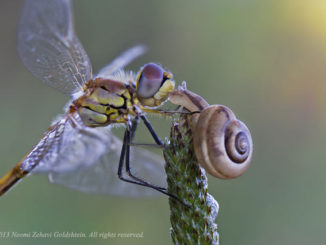
Leave a Reply